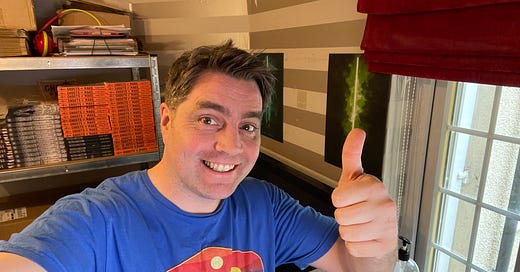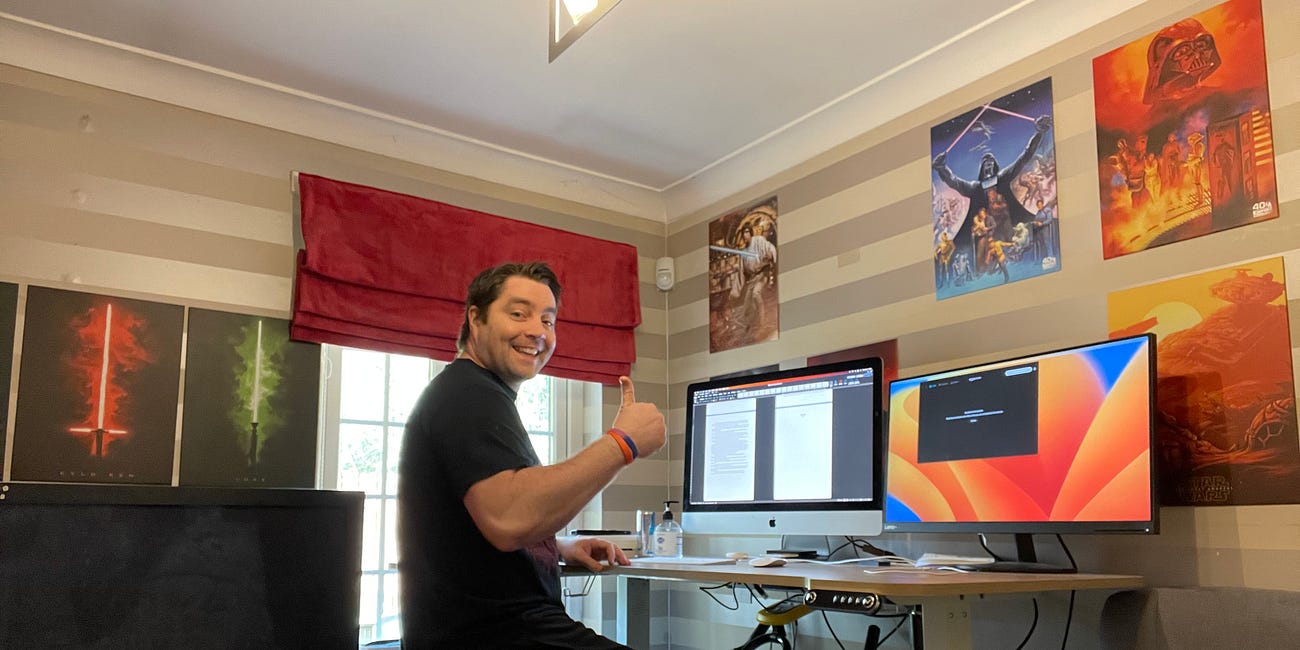Discounts
I’ve discussed previously how discounted books can be used to leverage to more sales, usually in concordance with a BookBub or equivalent deal, and maximise reader exposure to your work.
Here is one such article:
How to make your book an Amazon bestseller
There’s a lot of discourse over the value of the term ‘bestseller’ nowadays mainly because it is allocated in a very arbitrary way to so many authors and books and no-one really knows what it means.
These aren’t usually done as a profit-maker, but more about brand and story awareness. The more readers that get their hands on your book, the more likely a few will recommend or leave reviews and so on…
If you publish with Amazon KDP, and are exclusive for your e-books, you get the option to do a discount every quarter, so 4 times a year.
You can do 1 of 2 things:
Kindle Countdown Deal
Free Book Promotion
The Countdown deal is where you reduce the price of your book for 7 days, let’s say from £2.99 to £0.99, and you can choose either have it as £0.99 for the full time or gradually increment the price, say to £1.99 at some point during the 7 day period of the deal.
You can do this on Amazon.co.uk or Amazon.com.
Free book promotions can be run for 5 days and are exactly what they sound like - your book is free for people to download for 5 days (or less if you prefer).
Now, you might rightly ask why would you give away a book for free - this is a long-time tried and tested method to get book 1 into thousands of kindles, hopefully get hundreds of new readers, and if you have a series, who you can lead onto more of your paid works.
It doesn’t always work that way and the book that’s free has to be great to achieve this, and it also must stand out from the thousands of other free books (and paid ones) out there to really get pulled like a magnet through the mud.
But it is a strategy, even if it’s not the right one for you.
For me, the Kindle Countdown Deal works better, as you can make a wee bit of money AND get lots of downloads (usually!).
Direct Sales
This is an option indie authors (and traditionally published authors - see Philip Kavvadias as a good example of this) are utilising more and more, especially if you can get large stocks of your books (and store) them for relatively cheap!
The advantage is you get to actually interact with the people buying your books, you get their emails and can then form a relationship (hopefully) more closely with readers and potential fans. You can also price as you see fit and can sign and add custom bookmarks etc to the package to make it extra special for the reader.
The disadvantage is that you have to do all the legwork to sell it by yourself, so that involves marketing, distribution, postage/packing, and storage of the books/bookmarks etc.
My experience is that it’s a nice option to supplement other primary sales on the big platforms, but many people have made it work well, especially those with already established readers and fans, and it’s become much more profitable…and they own their own readers data, rather than Amazon or whoever.
A huge plus!
There’s a lot more to it than just buying in the books and setting up a shopify site, but it’s also that simple, if you want it to be.
But like most things in life, it’s simple, but it’s not easy.
See you all for E next time!
Stuart






Thanks for this comparison Stuart it’s really helpful - I’ve done a mix of Amazon / Ingram and direct sales and you’re so right about the extra legwork in direct sales but also the pleasure of making a personal connection to your readers!